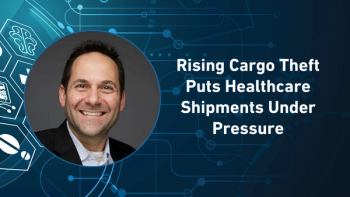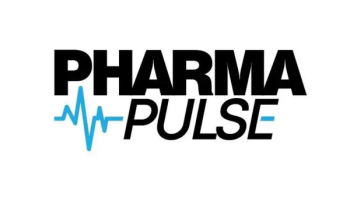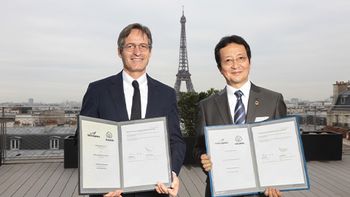
- Pharmaceutical Commerce - August 2025
- Volume 20
- Issue 4
The Tariff Saga Continues
Amid the topsy-turvy developments in global trade, one message appears certain for pharma manufacturers: the escalating need to stockpile inventory in the US.
It’s been about six months since the trade wars pitting the US vs. various global nations and regions have commenced, and in my unbiased opinion, Pharmaceutical Commerce has done as exceptional of a job as any news outlet in providing developments as they’ve ensued.
As of press time—which was a few days before the long-anticipated Aug. 1 deadline—President Trump had reached a formal trade deal with the European Union in which there will be a max 15% levy on what is being described as “most” EU exports, including metals (such as semiconductors) and pharmaceuticals. This comes after the EU had previously threatened a 30% tariff on US imports valued at $117 billion if a trade deal was not reached; there were even rumors that the EU had been considering launching an anti-coercion instrument—consisting of various retaliatory actions via the limitation of US investments and taxes on US tech companies.
Days later, Trump also shared that a likely scenario would involve the US implementing a blanket import tax falling between 15% and 20% from countries that are yet to reach trade agreements. In line with those numbers, the US had previously finalized a deal with Japan that required American importers to pay a 15% reciprocal levy on Japanese exports to the US, including autos and their parts. Many other nations were expecting to pay closer to the 10% range.
It’s clear that there are quite a few moving parts to these tariffs, especially pertaining to how pharmaceuticals will be impacted. Yes, the above is expected to take place, but that doesn’t eliminate the possibility of a 200% tariff on pharmaceuticals eventually being enforced.
In order to avoid these fees, manufacturers are making an effort to 1) reshore their product capabilities back to the US and 2) set aside as much stock as inventory as they can to prepare for all scenarios.
“I’d want to try and stockpile as much inventory as I could in the US, just to take that tariff uncertainty out of it,” Brad Stewart, BDO’s national life sciences co-leader, recently told me. “The product’s already on shore, and I can then sort of deal with what happens, or at least have a little bit more time to do that. …The industry now is starting to think very strategically. One challenge we have is we may not have all the information today to make the decisions that we need to, but we certainly have the tools available to build the model and forecast.”
Be sure to visit
Nicholas Saraceno is Pharmaceutical Commerce's Editor. He can be reached at [email protected].
Articles in this issue
5 months ago
A Pharma Wholesaler Scorecard5 months ago
DSCSA Compliance Has Arrived. Now What?5 months ago
Pharma Wholesalers: Looking for Growth5 months ago
Caveat Emptor in the Gray Market5 months ago
Insurance Barriers Delaying Patient CareNewsletter
Stay ahead in the life sciences industry with Pharmaceutical Commerce, the latest news, trends, and strategies in drug distribution, commercialization, and market access.




